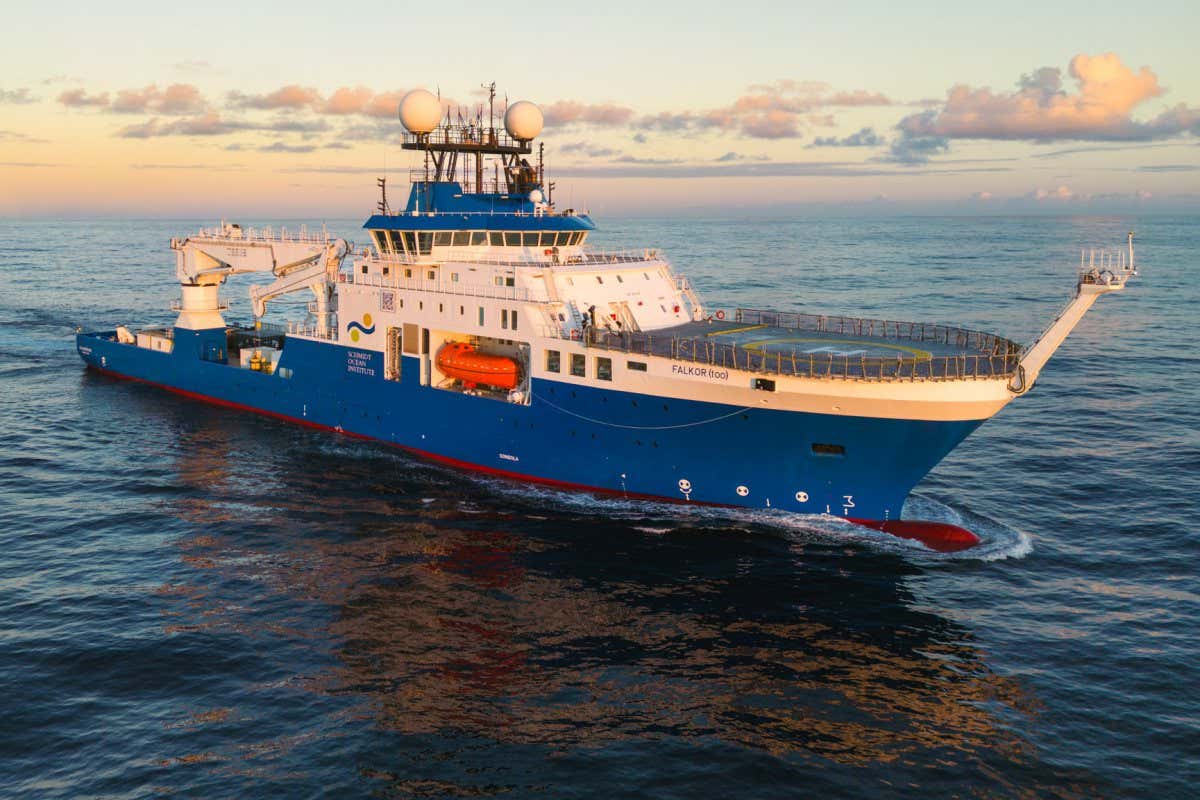Hydrothermal Vents: A High-Tech Search for Life
Deep beneath the ocean's surface lies a world teeming with unexpected life, fueled not by sunlight, but by the Earth's internal heat: hydrothermal vents. These underwater oases, spewing superheated, mineral-rich water, are attracting increasing attention from scientists searching for extraterrestrial life and understanding the limits of life on Earth. This quest is aided by increasingly sophisticated technology, pushing the boundaries of deep-sea exploration.
The Unique Ecosystem of Hydrothermal Vents
Hydrothermal vents are formed where tectonic plates meet, allowing seawater to seep into the Earth's crust. This water is heated by magma, dissolving minerals before erupting back into the ocean as plumes of superheated water, often reaching temperatures exceeding 300°C (572°F). These extreme conditions support a unique ecosystem, with organisms thriving in the absence of sunlight. Instead of photosynthesis, chemosynthesis is the dominant process, where bacteria utilize chemicals like hydrogen sulfide from the vent fluids to produce energy. This forms the base of a complex food web, including tube worms, giant clams, and blind shrimp, all uniquely adapted to their extreme environment.
The Search for Extraterrestrial Life
The discovery of life in such extreme conditions has significant implications for the search for extraterrestrial life. If life can flourish in the seemingly inhospitable environment of hydrothermal vents, it suggests life might exist on other planets with similar geothermal activity, such as Europa (Jupiter's moon) or Enceladus (Saturn's moon). These celestial bodies possess subsurface oceans potentially heated by tidal forces, providing conditions analogous to those found around terrestrial hydrothermal vents.
High-Tech Exploration Tools
Exploring these deep-sea ecosystems requires specialized technology. Remotely Operated Vehicles (ROVs), equipped with high-definition cameras, manipulator arms, and various sensors, are crucial for observing and sampling vent communities. Autonomous Underwater Vehicles (AUVs), capable of independent operation, allow for wider area surveys and data collection. Sophisticated sensors measure temperature, pressure, chemical composition, and biological activity, providing invaluable data for understanding vent ecosystems and their unique inhabitants. Furthermore, advancements in genetic sequencing allow scientists to identify and classify the vast array of microorganisms found in these environments, further enhancing our understanding of this unique life.
Recent Discoveries and Future Research
Recent research has revealed surprising biodiversity and novel metabolic pathways in hydrothermal vent communities. Scientists are continually discovering new species and unraveling the complex interactions within these unique ecosystems. Future research will likely focus on:
- Improving ROV and AUV technologies: Enabling deeper dives and more detailed observations.
- Developing advanced genetic sequencing techniques: To better understand the microbial diversity and evolution in vent environments.
- Comparative studies: Comparing terrestrial vent ecosystems with potential analogues on other planets.
Conclusion
Hydrothermal vents represent a remarkable frontier in biological research, challenging our understanding of life's limits and providing valuable insights into the search for extraterrestrial life. The continued advancement of deep-sea exploration technology will undoubtedly unlock further mysteries and unveil the full potential of these extraordinary underwater ecosystems. The quest for understanding these unique environments not only enhances our knowledge of biology and geology but also deepens our appreciation for the remarkable adaptability of life in the most extreme corners of our planet. Stay tuned for further developments in this exciting field of research!

